John Kinsella: Symphonies
John Kinsella (b. 1932) is the most important Irish symphonist since Stanford, with no fewer than ten to his credit. This CD couples Kinsella's Fifth Symphony, written in 1992, an impassioned setting of humanist poetry by three Irish poets killed in the 1916 Uprising, with his most recent, No. 10, composed in 2010 for an orchestra of Mozartean dimensions, its clear textures animated by driving power and energy.
Gerard O’Connor, baritone
Bill Golding, speaker
RTÉ National Symphony Orchestra, orchestra
Colman Pearce, conductor
Irish Chamber Orchestra, chamber orchestra
Gábor Takács-Nagy, conductor
Listen To This Recording:
-
Symphony No. 5, The 1916 Poets (1992)
- I Larghetto – Allegro
- II Largo
- III Presto
- IV Largo – Allegro
- I Largo – Allegro energico
- II Largo – Andante
- III Allegro energico
Symphony No. 10 (2010)
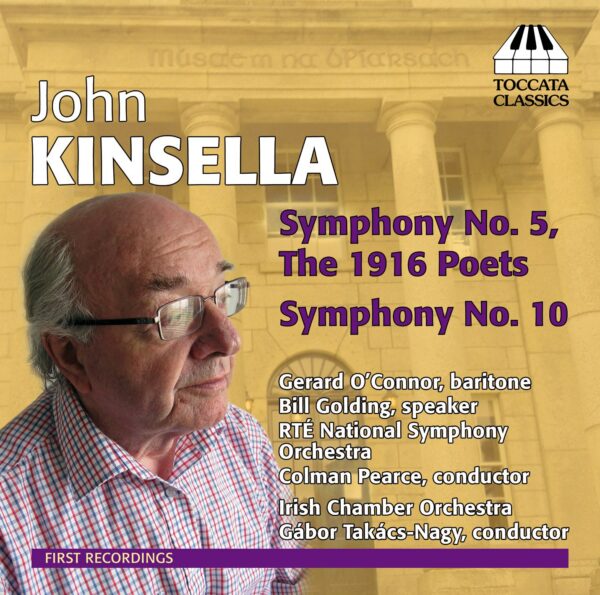
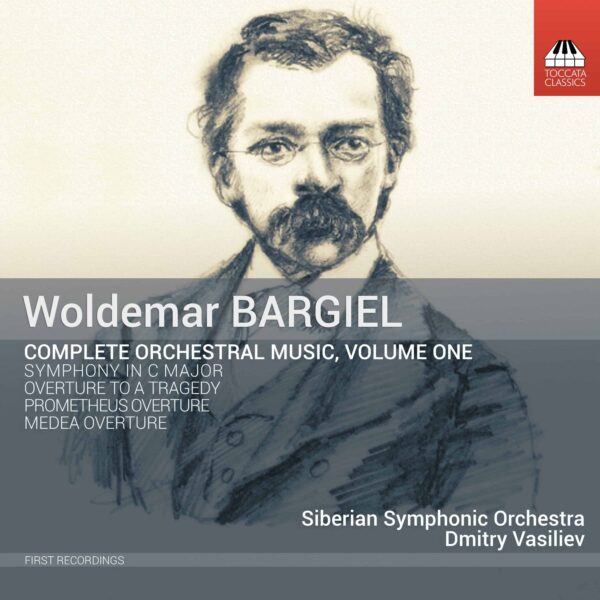
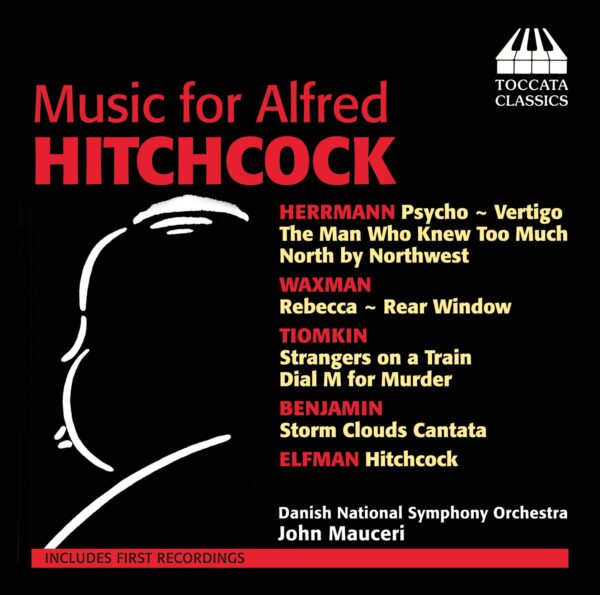
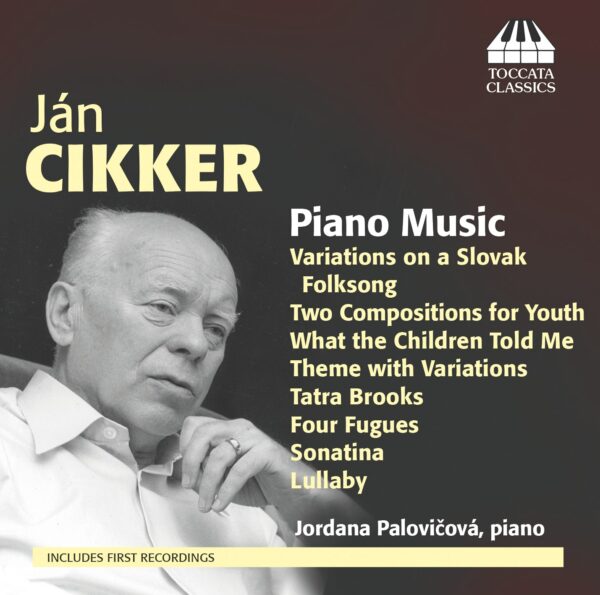
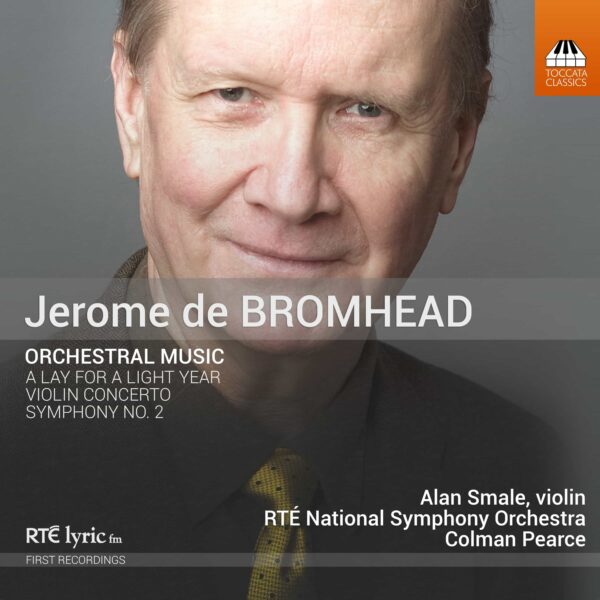
MusicWeb International :
‘… The Symphony No. 5 is a big work for a large orchestra, baritone and speaker. It’s subtitled ‘The 1916 Poets’ and the three poets in question are Thomas McDonagh, Joseph Plunkett and Patrick Pearse each of whom was killed by the British in 1916 during the ‘uprising’. Before you start to think that this is a political symphony with a ‘message’ then let me reassure you that it is no such thing. … The Symphony No. 10 was not written to a commission and the composer clearly enjoyed working at it. … Kinsella creates passages of great power and energy in both the outer movements, the third having touches of Sibelius. The middle one de Barra describes as ‘enigmatic’. I would also add the words mysterious, evocative and with a sense of ‘Celtic’, not twilight, but morning freshness which clouds over, brightens and darkens again. A wonderful sound-world. … The orchestral work is outstanding especially in the demanding string writing and Colman Pearce shows an in-depth understanding of the demands of these scores.’
—Gary Higginson, MusicWeb International
The Classical Reviewer :
‘…[Symphony No.5, The 1916 Poets (1992):] This enormously rewarding symphony is a very striking, emotionally intense work to which Gerard O’Connor, Bill Golding together with Colman Pearce and the RTÉ National Symphony Orchestra bring an outstanding performance. …[Symphony No.10 (2010):] This is a terrific symphony, full of energy, fine orchestration and a great forward momentum, finely played by Gábor Takács-Nagy and the Irish Chamber Orchestra. The recordings could not be better. There are excellent notes from Séamas da Barra, complete with musical examples, a commentary on his symphonies by the composer as well as full English texts.’
—Bruce Reader, The Classical Reviewer
Fanfare Magazine :
‘… The Fifth Symphony, completed in 1992, is based on the work of three pivotal poets who were part of the Irish Volunteers and heavily involved in the fight for Irish independence in the years just before World War I. … The work is unusual in that it uses both a baritone and a narrator, and although all three poets were revolutionaries the poems used for this symphony have texts concerning “love, loss and the transience of life,” and are “shot through with a deep sense of religious mysticism.” … What struck me forcibly was Kinsella’s incredible gift for matching the mood of the text with his music, staying innovative and original at the same time. One is constantly on the edge of one’s seat listening to this music, which often reduces the orchestra to just a few instruments as if it were a chamber ensemble. The overriding impression one takes away from this score is that Kinsella is a colorist, a composer for whom sound and texture are as meaningful as the actual progression of the notes. … Kinsella wrote the 10th Symphony, completed in 2010, for his own pleasure. … Kinsella uses an F♯-Minor triad that is “spelled differently” and used to continually transform this theme in the development section. I also heard, in the development, some really ingenious variants on the basic rhythm, which keeps the listener on his or her toes and pulls one inward to listen more closely. … Using what is pretty much a chamber orchestra, he shows how many interesting sonorities can be created with this type of ensemble without repeating oneself or becoming trite. … This disc was my introduction to Kinsella’s work, and I highly recommend it to anyone interested in modern symphonic music of an extraordinarily high quality. The art of the modern symphony surely lives in Ireland.’
—Lynn René Bayley, Fanfare Magazine
Fanfare Magazine :
‘…The Fifth is an ambitious work. …The work offers some very moving moments. The opening section, a setting of Plunkett’s “The Stars Sang in God’s Garden,” is very effectively written for the speaker and orchestra, the rhythm of the music matching the rhythm of the poetry. …The 10th Symphony, …while in no way a copy of Shostakovich, is likely to appeal to anyone who responds to the music of Shostakovich, or, perhaps, Tubin. It is clearly music of the 20th century, but written in a way that we now call “audience friendly.” It is a dramatic and powerful piece. …The performance is very strong, and the recorded sound on both pieces is fine. Excellent program notes fill out the package.’
—Henry Fogel, Fanfare Magazine